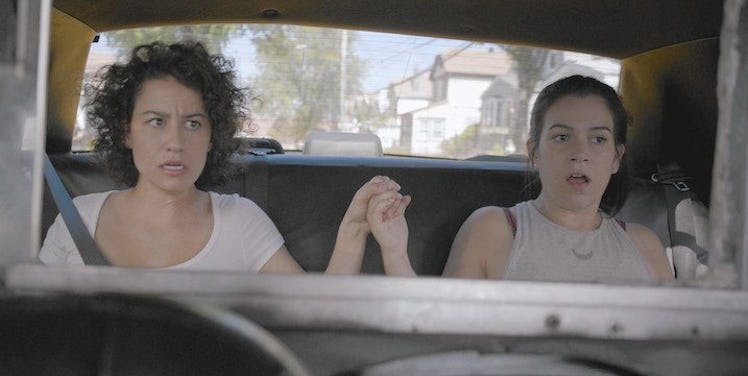
Here's A Beginner's Guide To Actually Saving Some Money As A Millennial
For most people saving money may seem like a low priority.
Our brains are usually too tuned into the instant gratification of spending, but having a money cushion and an emergency fund are an important part of your financial well-being.
Wait a minute, I need an emergency fund and a money cushion? I thought I just needed an emergency fund.
That's right, I said "and." You shouldn't just be sticking your savings away into one giant account (as I've learned throughout my twenties). Let's look at the differences between a money cushion and an emergency fund, as well as some tips for how to jump-start your savings.
What is a Money Cushion?
Do you ever have those months where no matter how hard you try, you just always manage to go over budget? Maybe it's a fun-filled weekend of "treat yo self" spending or a higher-than-average utility bill that leaves you scrambling to make up the difference. These instances are where your money cushion comes in!
Your money cushion isn't "play money" -- it's a cushion to help fill in the gaps in your budget whether you've been naughty or legitimately just got blindsided by life. That being said you shouldn't be relying on your money cushion to get you through every month. If you are, it may be time to re-evaluate your budget!
Keep your money cushion in a separate savings account so you are discouraged from treating it like spending money, but you can also have your small "money cushion" linked as the overdraft bank account to your primary checking account.
How much should be in a money cushion? I recommend anywhere between $200-$500.
The difference between a money cushion and emergency fund.
A money cushion doesn't have to be thousands of dollars -- in fact, I think it should be the opposite. You want your money cushion to be easily replenishable as you use it, so try keeping it at a lower amount.
This serves two purposes. First, it keeps you responsible for not overusing your cushion. If you only have $300, you'll hopefully be discouraged from making a $350 out-of-budget purchase. Secondly, it makes refunding your money cushion easier.
Think of your money cushion almost like a line of credit to yourself. If you use it, you've got to pay it back! Your future self will thank you.
This cushion is separate from your emergency fund -- your savings account for the unexpected financial twists and turns of life that have larger ramifications than a runaway bill or shopping spree.
Most experts say that your emergency fund should have around six to nine months of expenses -- that means rent, utilities, and groceries. Possible emergencies include job loss, health problems, loss of home and auto. These are expenses that your money cushion wouldn't be large enough to cover.
It's okay to start saving small - in fact, one of my favorite ways to start building your money cushion is to hack your budget. Setting new savings goals can also be a great reason to finally start your side hustle!
Until recently, I was bumbling around with an emergency fund, but dipping into it like a money cushion. Given that I write about personal finance on the regular, when I indulged in this kind of behavior it made me feel guilty.
Even though setting up two separate savings accounts, one for long term emergencies and the other for short term blunders, takes a small amount of time, I'm willing to make this time investment. Why? Because if I can make a financial mistake and not beat myself up over it, that's both time and money well spent.